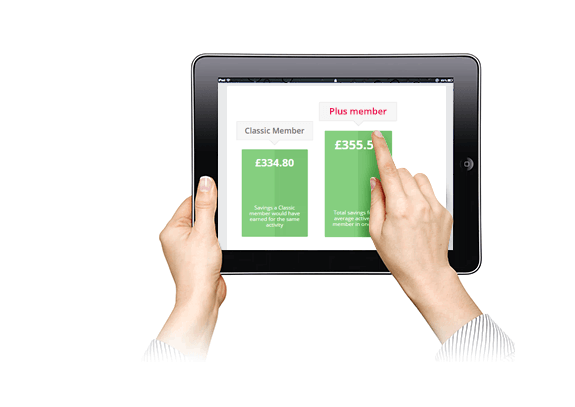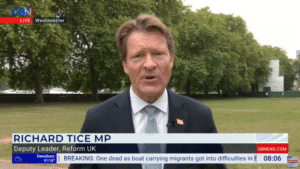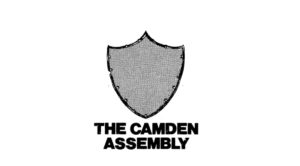The insurance gap: consumers take a chance without insurance

Consumers are putting themselves, their assets and belongings, and even their pets at risk by not having vital insurance policies.
A study by TopCashback.co.uk, the UK’s most generous cashback shopping site, exposes a gap between consumers who need insurance and those who have it, revealing 16 per cent of consumers are without important insurance policies.
Almost half (45 per cent) of people without a vital insurance policy do not have contents insurance, despite the average home containing £34,725 worth of items. Nearly a third (32 per cent) of pet owners do not have insurance and 28 per cent and 18 per cent of consumers are respectively without life or health insurance. And perhaps the riskiest of all, two in 25 (16 per cent) homeowners are not covered by buildings insurance.
British boldness is seemingly creating the gap between those who need insurance and those who have it as nearly a quarter (24 per cent) of consumers admit to being happy to take their chances without insurance. Despite estimating they have £15,640 worth of items at home, more than a fifth (22 per cent) of consumers without contents insurance think it is a value not worth insuring. Half (50 per cent) of pet owners are happy to take the risk and 44 per cent of people who have travelled without insurance in the last year were content with taking a chance.
Consumers on low incomes are the most vulnerable
The study reveals it is consumers on low incomes who are the most vulnerable. Three in 10 (29 per cent) homeowners who are without a buildings insurance policy cannot afford one. Six in 10 (60 per cent) of those earn less than £20,000 a year, meaning they are at huge risk should something happen as they would struggle to afford any major repairs.
It is only around a fifth (17 per cent) of consumers without contents insurance who cannot afford it, however, 59 per cent of those earn less than £20,000 a year, meaning they are also putting their belongings at risk. This is also the case for the 29 per cent of pet owners who cannot afford a policy, 44 per cent of whom earn less than £20,000.
Adam Bullock, UK Director of TopCashback.co.uk says: “It’s quite shocking to see how many consumers are risking not having insurance. If something were to go wrong, consumers could face a huge outlay they may not be able to afford – especially with holidays when medical care and new flights can cost thousands.
“Yet, it’s more concerning to see how many consumers can’t afford insurances, leaving them extremely vulnerable should something happen. There needs to be more access to affordable insurance covers so those on low incomes are not at such a high risk.”
Confused consumers
The study also reveals a gap in understanding among consumers who have insurance. Nearly a fifth (18 per cent) of people admit to not knowing or fully understanding the terms and conditions of their insurance policies and 22 per cent do not know what their insurances cover or to what limit.
Although the numbers may seem small, consumers are also oblivious to what insurances they have and how much they pay. A fifth (20 per cent) of consumers do not know how much their insurance policies cost each month. Nine per cent of people are not sure if they have a contents insurance policy, six per cent of homeowners do not know if they have buildings insurance and five per cent of people are unsure if they have health insurance.
Loyalty penalty for non-switchers
While a savvy 77 per cent of consumers keep on top of their insurances and look for the best insurance deals and stay or switch accordingly – and one in 10 (11 per cent) switch every time their policy ends – the study reveals 12 per cent of consumers never switch.
Although 43 per cent are happy with their provider, 27 per cent think it is too much hassle, a fifth (19 per cent) have never thought about switching and eight per cent do not know how. And contrary to the three per cent of consumers who believe switching will cost them more, the report reveals those who stay with their providers for longer fall victim to a loyalty penalty.
On average, consumers who have been with an insurance provider for more than two years pay 29 per cent more than those who have been with a provider for less than two years. However, it’s a much bigger penalty – 49 per cent – for those who have been with a provider for more than five years.
Adam Bullock, UK Director of TopCashback.co.uk continues: “Consumers who have been with their providers for more than five years are paying 50% more than those who have switched in the last two years – that is a staggeringly high figure and it needn’t be the case. Insurance policies shouldn’t be ignored. Just like energy and broadband, policies should be reviewed at every opportunity to make sure you are getting the best deal on the best cover you can afford.”
Top tips for buying insurance
- Get the right cover. Before you start looking at prices, and so you’re not tempted by the cheapest policy, compare insurances by what they cover – ensuring they fit your needs – then compare the costs.
- Read the terms. Don’t buy a policy without fully understanding the terms and conditions. If you fail to read them, you could find out you’re not covered for certain situations. Remember you have a 14-day cooling-down period after buying most insurance policies, so use that time to familiarise yourself with the t’s and c’s.
- Compare costs. Once you know which covers will work best for your needs, use a comparison site to check which providers are offering the best deals. However, remember comparison sites may not cover all providers, so shop around. It’s also worth checking with your bank to see if you qualify for any free covers.
- Check cashback. Once you’ve picked a provider and a particular policy, check TopCashback.co.uk to see if you can earn cashback. The site offers cashback on everything from travel to contents, buildings and life insurance.
- Don’t lie. Although it may be tempting to tell a little white lie on the application form to reduce the cost, you could end up in big trouble when your policy is cancelled or a claim is rejected in the future.




